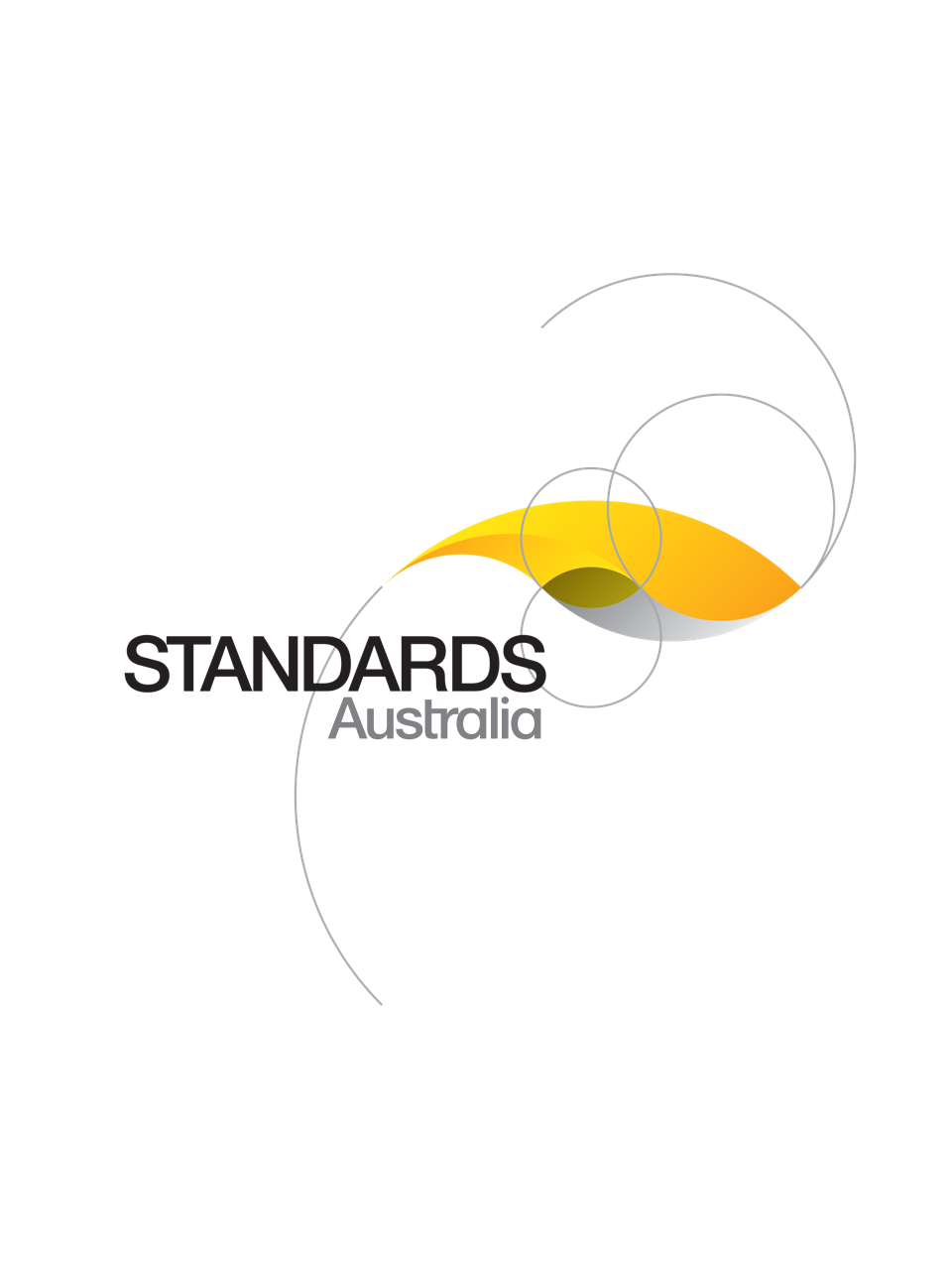Standard
Track updates
AS 3566.2:2025
[Current]Self-drilling screws for the building and construction industries, Part 2: Requirements for corrosion resistance of self-drilling screws and specifications for associated sealing washers for roofing and cladding
AS 3566.2:2025 specifies the requirements for corrosion resistance and selection for the appropriate environment of hex-head or other external drive self-drilling screws used in the roofing and cladding industry.
Published: 09/05/2025
Pages: 43
Table of contents
Cited references
Content history
Table of contents
Header
About this publication
Preface
1 Scope and general
1.1 Scope
1.2 Normative references
1.3 Terms and definitions
1.4 Fastener labelling, packaging and head marks
1.4.1 Packaging and labelling
1.4.2 Head mark
2 Guide to the selection of self-drilling screws for atmospheric corrosivity categories
2.1 General
2.2 Assessment of site corrosivity
3 Requirements for the corrosion resistance of self-drilling screws
3.1 General
3.2 Requirements for corrosion resistance
3.2.1 Class 1
3.2.2 Class 2
3.2.3 Class 3
3.2.4 Class 4
3.2.5 Class 4 — Screws with non-porous zinc alloy coated heads
3.2.6 Stainless steel screws
3.2.7 Shanks
3.2.8 Outdoor exposure testing
4 Types of sealing washers and performance requirements
4.1 General
4.2 Sealing washer types
4.2.1 Cut sealing washers
4.2.2 Metal backed sealing washers, assemblies and cyclone seals
4.2.3 Custom seals for polycarbonate, fibreglass and specialist applications
4.3 Material properties of seals
4.3.1 General
4.3.2 Mechanical and thermal properties of seals
4.3.3 Sealing properties
4.3.4 Conductance and resistance of seals
4.3.5 Thermoset materials
4.3.6 Thermoplastic elastomers (TPE)
4.4 Metal components in seals
4.4.1 General
4.4.2 Aluminium
4.4.3 Galvanized steel
4.4.4 Stainless steel
5 Metallic coatings
5.1 General
5.2 Mechanically plated coatings
5.2.1 Local metallic coating thickness and porosity
5.2.2 Edge thinning
5.2.3 Metal powders and particle size rating
5.2.3.1 Zinc
5.2.3.2 Tin
5.2.4 Coating composition analysis
5.3 Electroplated coatings
5.4 Hot dip galvanized coatings
5.5 Requirements and tests for chromate conversion coating
6 Compatibility
Appendix A
A.1 Scope
A.2 Principle
A.3 Apparatus
A.4 Requirements for outdoor exposure test site
A.5 Preparation of test panel
A.6 Procedure
A.7 Report
Appendix B
B.1 Scope
B.2 Principle
B.3 Apparatus
B.4 Procedure
B.4.1 General
B.4.2 Coating thickness measurement
B.4.3 Porosity Rating measurement
B.5 Retesting
B.6 Report
Appendix C
C.1 Scope
C.2 Principle
C.3 Apparatus
C.4 Reagents
C.5 Procedure
C.6 Report
Appendix D
D.1 Scope
D.2 Principle
D.3 Apparatus
D.4 Procedure
D.5 Characterization of adhesion
D.6 Report
Appendix E
E.1 Scope
E.2 Principle
E.3 Apparatus
E.4 Procedure
E.5 Report
Appendix F
F.1 Chemical characteristics of zinc and tin powder
Appendix G
G.1 Scope
G.2 Principle
G.3 Apparatus
G.4 Procedure
G.5 Report
Appendix H
H.1 Scope
H.2 Principle
H.3 Apparatus
H.4 Test procedure
H.5 Report
Appendix I
I.1 Scope
I.2 General
I.3 Method 1
I.4 Method 2 — Alternative
Appendix J
J.1 General
J.2 Industrial pollutants and chemical attacks
J.3 Shelter from rain and regular washing
J.4 Abrasion and erosion
J.5 Prolonged surface wetness
J.6 Variability in results from corrosion surveys
Bibliography
Cited references in this standard
[Current]
Continuous hot-dip metallic coated steel sheet and strip - Coatings of zinc and zinc alloyed with aluminium and magnesium
[Current]
Methods of test for metallic and related coatings, Method 1.1: Local thickness tests — Micrographic examination of cross-sections
[Current]
Methods of test for metallic and related coatings, Method 1.3: Local thickness tests — Magnetic method
[Current]
Methods of test for metallic and related coatings, Method 1.4: Local thickness tests — Magnetic induction and eddy current methods
One-time Purchase
Access via web browser on any device
One-time purchase
Single publication
Offline access via PDF^
$177.61 AUD
Inclusive of GSTFormat *
Web Reader
Licenses *
1 License (for yourself - not shareable)
Total$177.61 AUD
IMPORTANT
